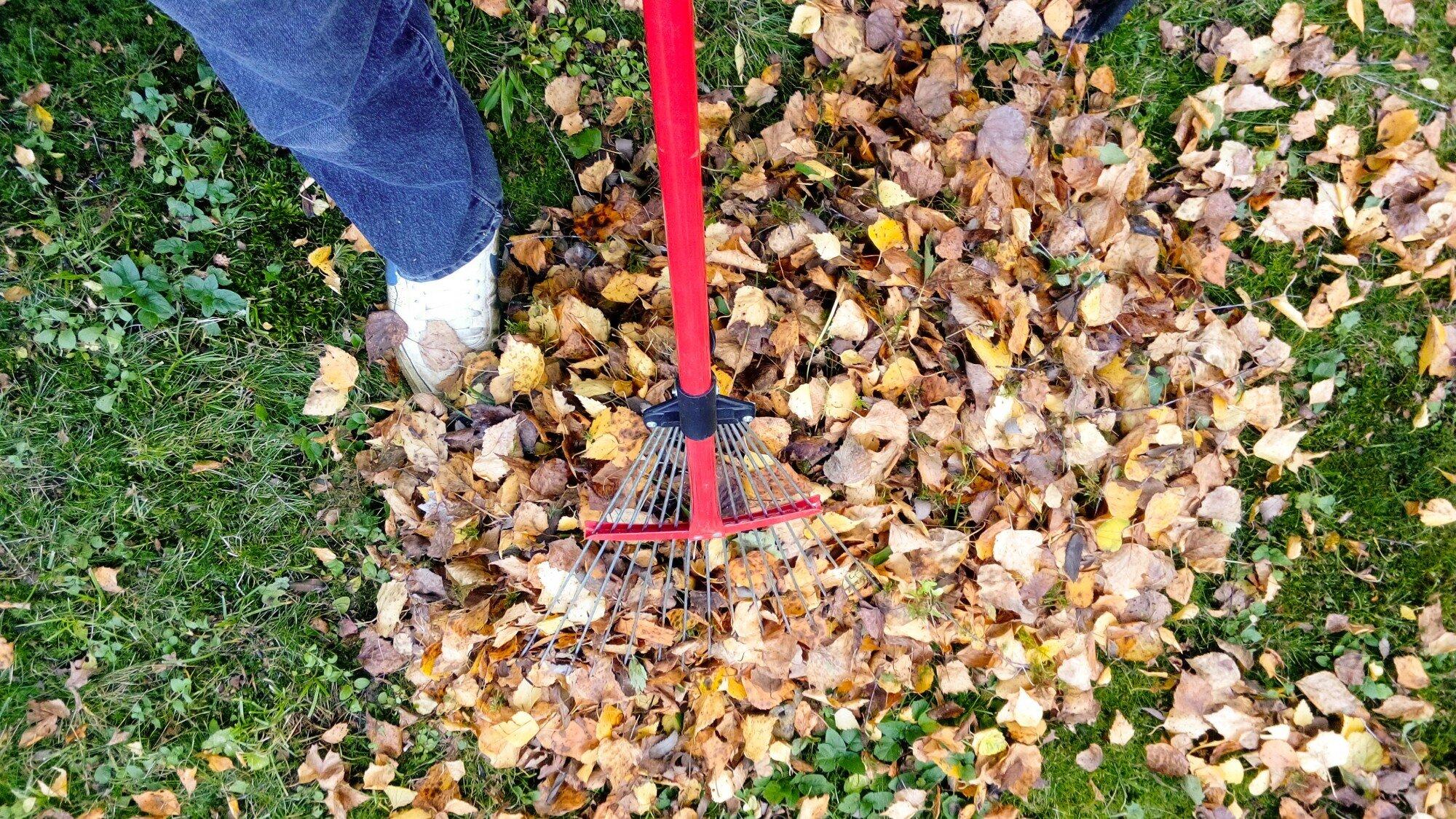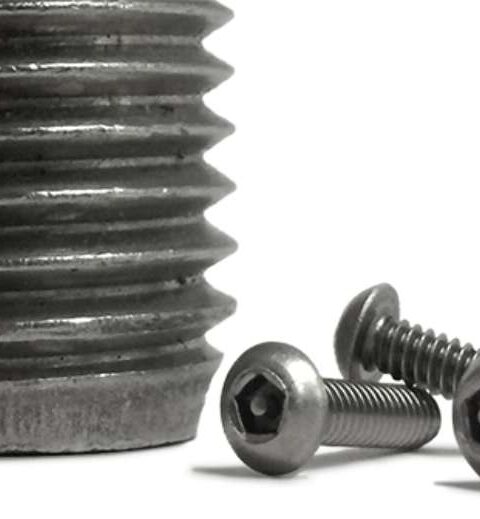Wrought Iron Fence: All You Need To Know
A wrought iron fence is a form of fencing made of iron that has been heated and reshaped using conventional blacksmithing methods. Wrought iron is a common fencing material for its stability, durability, and aesthetic allure. In this article, we will look into all the information you need to have at hand about wrought iron fencing.
Types of the Wrought Iron Fence:
1. Picket Fence: A traditional type of fencing made up of upright, evenly distributed pickets.
2. Spear Top Fence: A wrought iron gate and fencing with spear-like tips at the tops of the supports.
3. Basket Weave Fence: This is a wrought-iron fencing with a distinctive basket-weave design.
4. Traditional Fence: This is an iron fencing with ornate details or complex designs that is traditional and timeless.
5. Privacy Fence: This a wrought iron fencing with thick boards that offer complete privacy and security.
The Pros of a Wrought Iron Fence
Wrought iron fences have an exceptionally long lifespan, up to fifty years or more. They are weather-resistant, rust and corrosion-resistant, and can endure extreme temperatures. These types of barriers are both strong and durable, making them a fantastic choice for security. They can be made with spikes, cutting edges, or other deterrents to prevent intruders.
Wrought iron USA fences come in various designs and styles, from beautiful and intricate to basic and modern. They give any property a timeless, classy appearance and may boost curb appeal.
The Cons of a wrought iron gates and barriers are as follows:
The expense is one of the most significant disadvantages of a wrought iron barrier. It is usually more costly than other types of fencing, such as wood or vinyl. The cost of an installation can differ based on its size, design, and complexity.
Wrought iron barriers and driveway gate need professional installation, which increases the total cost. It also necessitates using specialized tools and apparatus that most homeowners do not have on hand.
Because wrought iron fencing panels are heavy, they may require more support from the pillars. This can make implementation more difficult and time-consuming.
How to Take Care of Wrought Iron fence
Over time, dirt, dust, and debris can collect on the fence, causing rust and staining. To avoid this, clean the fencing frequently with a soft bristle brush and a mild detergent. Rinse it thoroughly and pat it dry using a smooth cloth.
The paint coating on the wrought iron gate may begin to tarnish or peel over time. If this occurs, it is necessary to repaint. If your wrought iron fencing has pivoted, lubricate them frequently to keep them from rusting or seizing up. Apply a petroleum or graphite-based lubricant lightly to the hinges.
Regularly inspect your wrought iron barrier for loose or damaged components such as bolts, screws, or pickets. Tighten any loose parts and repair damaged ones to keep the fence strong and secure.
The durability of Iron Wrought fencing
The quality of a wrought iron modern fencing design can also affect its durability. A well-constructed fencing with powerful, straight lines and solid connectors is less likely to develop problems over the years than poorly made fencing.
Wrought iron gates require some upkeep to stay in good condition. This involves cleaning the fence with soap and water regularly, removing rust, and adding a protective finish to avoid future rust.
Because of their strength and durability, wrought iron sliding fencing gates are incredibly safe. They are difficult to scale or get through, making them an excellent choice for properties and companies requiring high security.
The Cost of Wrought Iron Fences
The size of the horizontal fence is the most important element to consider when calculating the cost of a wrought iron barrier. Wrought iron fences are available in various shapes and heights, varying from 3 to 8 feet tall. The bigger the ironwork barrier, the higher the cost.
The cost will also be determined by the resources used to build the fencing. Wrought iron gates are available in steel or aluminum. Steel is more costly than aluminum fences but is more robust and lasts longer.
A wrought iron fence can range in price from $20 to $60 per linear meter, depending on the size, design, materials, and installation complexity. Because this is such a broad range, consulting with a fencing company is critical to obtain a precise cost for your specific fence requirements.
Installation of Wrought iron fences
Check with your local zoning agency before installing ironwork fencing to ensure you comply with your area’s laws, permits, and codes. Using stakes and string, mark the position and structure of the barrier. Determine the number of posts for fencing and sections you will require.
Dig holes for the fence stakes with a post-hole digger or auger. The holes should be deep enough to fit one-third of the post’s height plus six inches. Fill the cavities with concrete mix and insert the posts. Using a level, check that the supports are level and plumb. Leave the concrete to dry for a minimum of 24 hours.
Using screws or bolts, secure the aluminum fence panels or steel boards to the supports. Use a level to guarantee that all the surfaces are straight and even. Install the fencing and gate following the manufacturer’s directions. Ascertain that the pivot points are level and firm and that the gate swings easily. Paint or stain the fencing to prevent it from rust and environmental harm. This will ensure that your fences will last for a long time.






